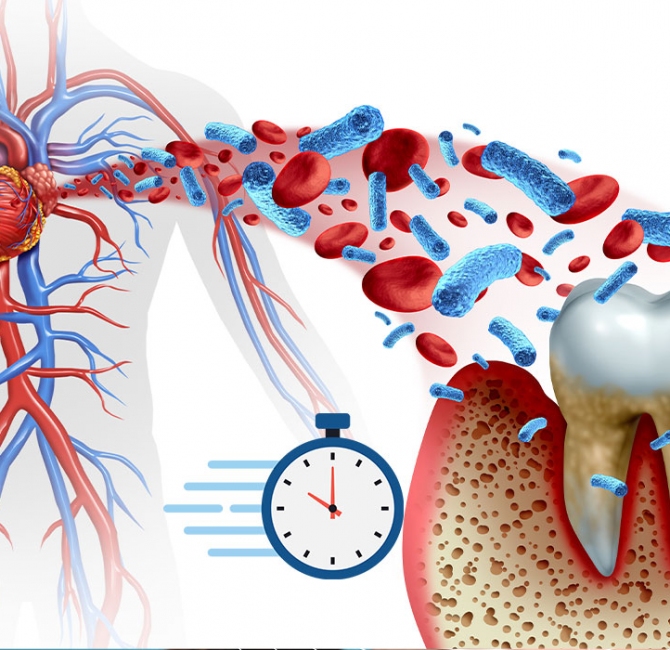Key message
- Oral health professionals should consider gingival hypersensitivity resulting from toothpaste as a potential diagnosis for gingival itching and hypersensitivity.
Background
Toothpaste is used daily by most of the global population in conjunction with toothbrushing. Toothpastes usually have complex formulations containing up to 20 compounds. While not all of these ingredients are therapeutic, they are included to enhance the taste, smell, texture, and preservation of the toothpaste.
Oral mucosal lesions frequently associated with toothpaste are mainly due to irritation and hypersensitivity reactions. Toothpaste flavourings, preservatives, and fragrances are the substances most associated with contact stomatitis. These agents are also used in cosmetic products and can trigger similar reactions elsewhere in the body.
Hypersensitivity reactions to toothpaste are rare. However, the occurrence of gingival lesions due to hypersensitivity reactions caused by toothpaste may be relevant because of their frequency of use.
Objectives
The objectives of this study were to analyze the clinical cases documented in the authors’ postgraduate university oral medicine clinic and perform a scoping review of gingival hypersensitivity responses to toothpaste.
Methods
The authors reviewed ten years of documented gingival hypersensitivity reactions to toothpaste from the clinic and searched PubMed for articles reporting these hypersensitivity responses up through October 18, 2023.
Results
Eleven cases were collected from the clinic. Eight gingival hypersensitivity reactions occurred in females, and six were associated with cinnamon. The most frequent lesions diagnosed were red gingiva. Patch tests were performed on 54% of clients, and the results were positive for various toothpaste ingredients (cinnamon, chlorhexidine, tea tree oil). Toothpaste discontinuation led to the disappearance of the lesions. Thirteen articles were included in the scoping review, all were case series and case reports, reporting 32 cases. Lesions affected middle-aged females most frequently. The most common clinical symptoms were itching and slight pain or discomfort, mainly when toothbrushing or eating. The most common hypersensitivity reaction was gingival redness. The most common toothpaste allergens were cinnamon and herbal ingredients. Changing toothpastes resulted in the resolution of the problem in 30 of 31 cases.
Conclusions
Gingival hypersensitivity responses due to toothpaste were rare. These reactions were more common in females and can appear at any age. Flavourings (e.g., cinnamon) and fragrances were the most frequently implicated agents. The most common lesion was gingival redness unresponsive to periodontal treatment. These gingival lesions are challenging to diagnose. In the diagnosis, it is vital to obtain a complete clinical history that considers the oral hygiene products used by the client. In some cases, a patch test and biopsy may be helpful for differential diagnosis. Removal of the involved toothpaste may result in the elimination of the lesions. Reporting gingival hypersensitivity responses to toothpaste components may lead to ingredient replacement to help prevent reactions.



